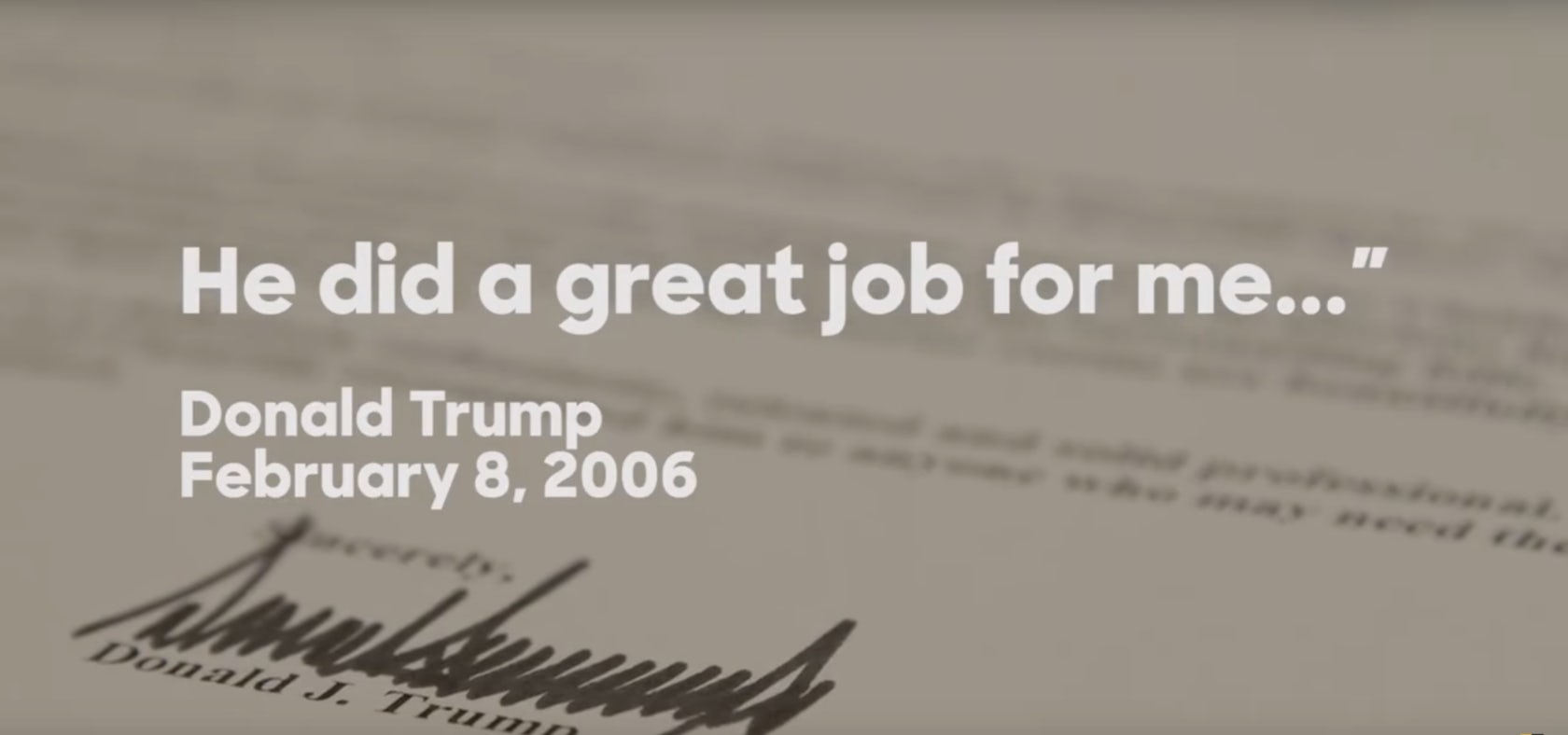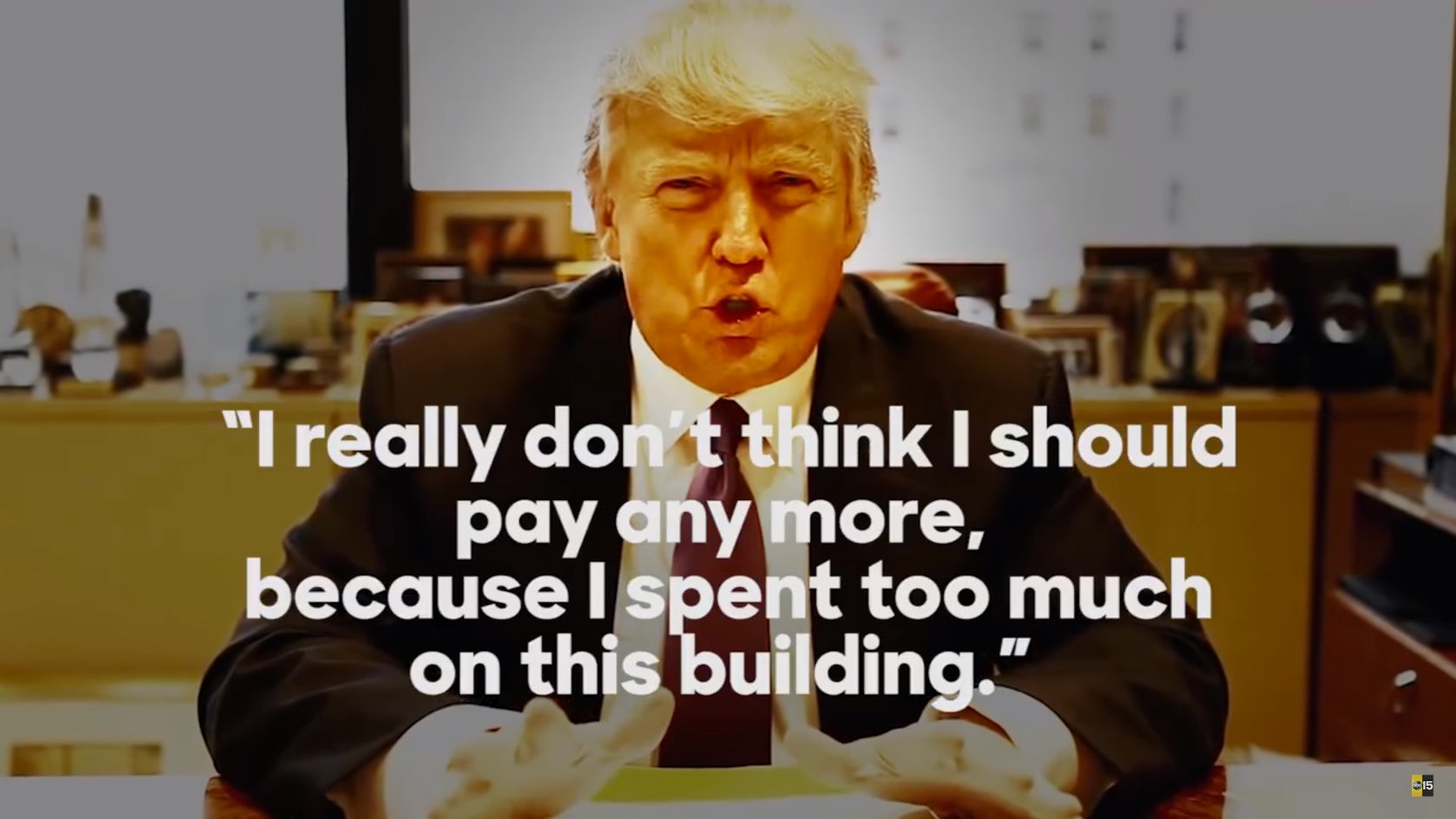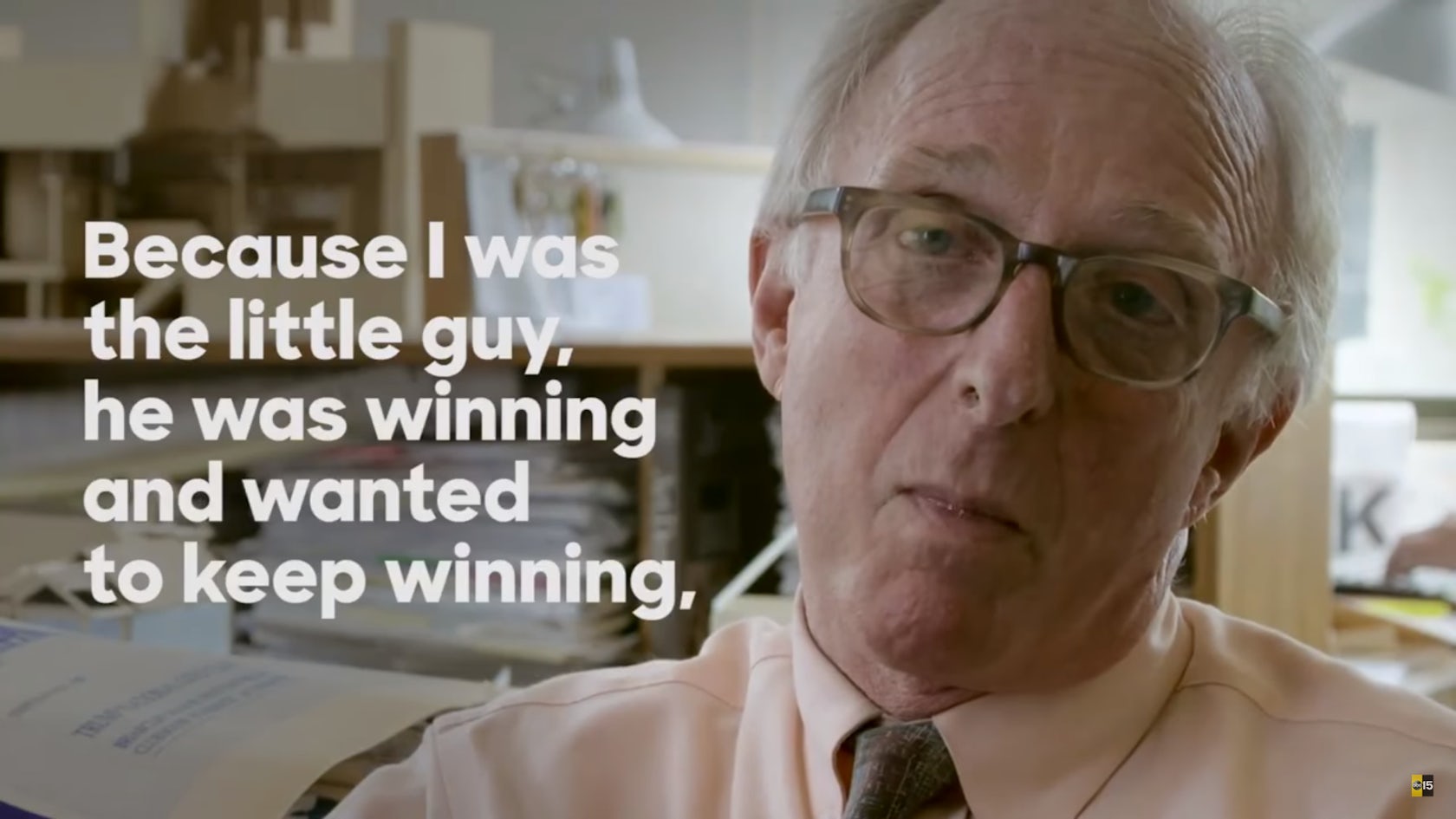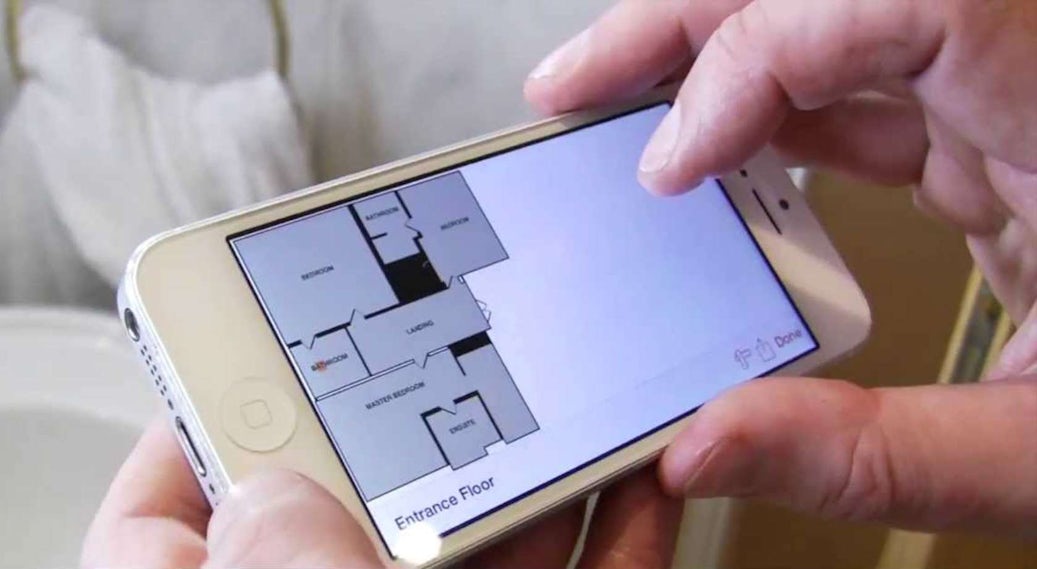Updated August 9th 2016. Donald Trump’s architect Mr Tesoro asked for some clarifications to be made to this article to better reflect his standpoint. We have included his words at the foot of the article. Further updates will be made as necessary to present an accurate portrayal of each party’s opinion.
If you ask architects to name their pet peeves about working with clients, responses are likely to include many common grievances. Ambiguous briefs, extreme indecision, design changes being requested when construction has already begun: All these challenges are likely to have been faced by any architect with a few years of practice under their belt. However, one problem stands out above all others, for both professional and personal reasons: It’s all about the money.
The correct payment of fees — in full and on time — constitutes one of the most vital elements of running a sustainable architectural practice. It is wholly unsurprising, then, that when things go awry in this area, it can lead to a serious breakdown in client-architect relations, and even threaten a firm’s existence. The stakes are high, and the consequences can be terminal.
Enter Donald Trump, whose refusal to pay has been called out by one of his architects as a sign that the presidential hopeful is a wholly inappropriate choice for one of the world’s most powerful political positions. In a recent video released by Hillary Clinton’s campaign team, Andrew Tesoro recounts Trump’s aggressive renegotiation of the final fee due to the architect for the design of a new clubhouse at the Trump National Golf Club in Westchester, New York.
Having trouble viewing on mobile? Click here.
Bartering to Bullying
The video kicks off with Donald Trump making a speech in an ornate ballroom within the building that Tesoro designed, proclaiming that he will be “America’s champion” when he becomes President. “Here he is in the very ballroom where I got bullied out of many thousands of dollars,” laments Tesoro, “making promises that are just like the promises that he made to me and didn’t keep.”
When Tesoro was approached by Trump’s organization back in 2002 to design the clubhouse, the architect accepted the commission with great enthusiasm: This was a prestigious project that could transform his small business. The clubhouse commission did just that, but rather than transforming it for the better, the four-year project sent Tesoro’s practice to the brink of extinction.

Trump had no problem with the quality of Tesoro’s work upon completion in 2006.
After Trump’s incredibly positive response to Tesoro’s work throughout the project, trouble began to surface when the final fee was requested. “I sent a bill. It wasn’t paid,” explains Tesoro. “The Trump Organization said they would meet me at the clubhouse … They were going to offer me way less than half, barely a little more than a third of what we had billed.”
Tesoro goes on to recall the pressure he was put under by more than a dozen of Trump’s staff, leaving him feeling powerless to argue his case. “I felt humiliated,” he continues, “because here I was in the ballroom I had worked so hard to design, and they basically ganged up on me. I didn’t feel that I had a lot of choice but to accept their low-ball offer.”

The building at the heart of the dispute: The Trump National Golf Club in Westchester, New York; via Trump National
The Legal Gauntlet
When Trump refused to pay the second, lower bill, the tension was cranked up further still. Tesoro went to meet Trump in person, seeking both an explanation and a resolution to this grave situation. Trump’s defiance was as firm as it was predictable. “I really don’t think I should pay any more, because I spent too much on this building,” declared the famous businessman, offering to pay just half of the revised bill — less than 20 percent of the original sum billed for.
If a client does not pay the agreed fees for work carried out satisfactorily, an architectural firm would typically seek a resolution through legal means. However, given Trump’s powerful position and vast team of lawyers, Tesoro was told in no uncertain terms that he would be rendered helpless if he proceeded.
“Mr Trump’s attorney said if I were to sue the Trump Organization, I would probably get that money,” he explains. “But he made very clear to me that it was his job to make sure that it took me so long and so much money that I was probably wise to accept this very meager sum … which I did. I decided that I didn’t want to fight the fight.”

According to Tesoro, Trump’s unwillingness to pay was based purely on his desire to spend as little as possible, regardless of the quality of service provided.
Trump’s tactics are not unique to Tesoro’s case. The USA TODAY team analyzed information from the past three decades, uncovering evidence of over 3,500 lawsuits against Trump’s companies. As journalist Steve Reilly summarized, “The actions … paint a portrait of Trump’s sprawling organization frequently failing to pay small businesses and individuals, then tying them up in court and other negotiations for years … The Trump teams financially overpower and outlast much smaller opponents, draining their resources.”
Trump’s Charm Offensive
Of course, this heavily edited video was carefully crafted by Hillary Clinton’s campaign team to make Donald Trump look as bad as possible. Attempting to paint a more complete picture of the story, Forbes interviewed Tesoro to uncover the full context and discover what Clinton’s team left on the cutting-room floor. During that conversation, the architect revealed a curious respect for Trump that contrasts sharply with the language used in the video.
“He’s been very generous to me,” said Tesoro. “When he sent me to Mar-a-Lago, he put me in the tower. He is entertaining. I believed him when he showed respect for my work. I would be delighted to have a cup of coffee with him.” Tesoro’s lack of resentment towards the businessman is gracious in the face of such animosity surrounding the architect’s fee.

Trump has a reputation for using his financial and legal clout to wrestle small-business owners into submission.
Is it possible for Trump’s supposed charisma to be confused with respect or even integrity, despite being faced with a barrage of underhand tricks and intimidation? Being given accommodation in a special room and appreciating the businessman’s entertaining persona is one thing — but does this really make up for $100,000 in waived fees for professional work?
The embattled architect is surprisingly philosophical on the matter. “I recognize that for him, everything is a game,” Tesoro told Forbes. “His game is, let go of as little as possible. I don’t hate him because I understand that. He and his campaign have said he wants to use that style of doing business with the rest of the world.”
Tesoro’s Nightmare
However, returning to Clinton’s extraordinary campaign video, it is clear that the architect does not believe that Trump’s bullying tactics and pseudo-charm would have the desired effect on a global stage.
“You can’t run a country the way Mr. Trump has run his businesses,” asserts Tesoro. “Donald Trump’s impatience, greed and his ego is very ill-suited to be making judgments that affect hundreds of millions of Americans, and billions of residents of the world. It’s a nightmare as a thought to me.”
It remains to be seen if Tesoro is right, but it is probably safe to say which way this particular architect will be voting this coming November …
EDIT — Mr Tesoro responded to the passage in reference to the interview with Forbes with the following:
“I do not feel “admiration” for Mr. Trump; I do not equate Trump’s charisma with respect and integrity. I do not hate Mr. Trump — that is accurate — but not because I condone the games that he plays in business … I did ask to review and approve the Forbes presentation but was only provided with a few factual snippets — The thrust of that article was disturbing; I let it go in the fray surrounding the video.”
We have updated the language within the body of this article to reflect Mr Tesoro’s view. Correction: It was mistakenly written that Mr Tesoro stayed at Trump Tower during his trip; it was in fact a special room in Mar-a-Lago. This passage has been amended accordingly.




